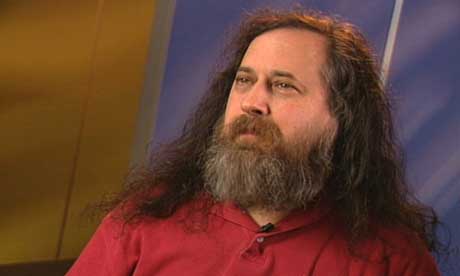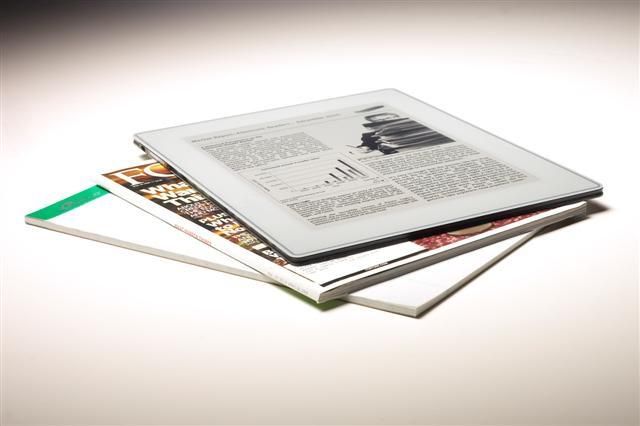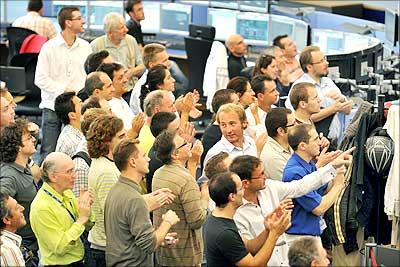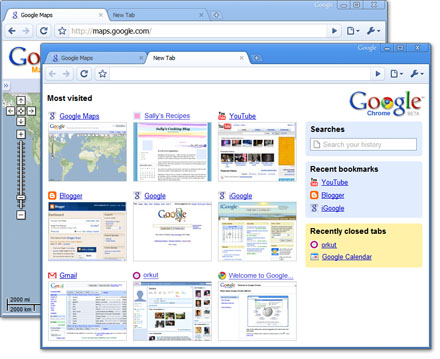Google has begun fixing a bug that would reboot T-Mobile's G1, the first Android-powered phone, any time a user typed the word "reboot."
"It would appear that Android is, at some level, interpreting specific text strings and acting as if they were local commands," according to user called mogphone.

Added another commenter, jdhorvat, "Funny story behind finding this: I was in the middle of a text conversation with my girl when she asked why I hadn't responded. I had just rebooted my phone and the first thing I typed was a response to her text which simply stated 'Reboot'--which, to my surprise, rebooted my phone."
Some users of T-Mobile's G1 phone found that typing any word on the phone's keyboard — in any application — sent whatever they typed to the phone's command line shell.
Those commands were then executed with root user privileges, meaning there were no limitations on what the commands could do to the phone. For instance, texting the word 'reboot' would actually cause the phone to do so.
"We fixed the bug on Oct. 31 and are currently rolling out the fix to G1 devices," a Google spokesperson told Wired.com. Not all G1 phones may have been fixed though as T-Mobile is rolling out the patch in stages and there could be some phones still to be updated.
The bug affected almost all G1 phones and not just phones that had been "jailbroken" (hacked to work with unauthorized applications).
"This bug does affect users of G1 running RC29 and earlier," says the Google spokesperson. "RC30 fixes this issue and it is not present in the emulator." RC29 and RC30 refer to updates to the Android firmware.
Previous Article:Windows 7 versions






















































